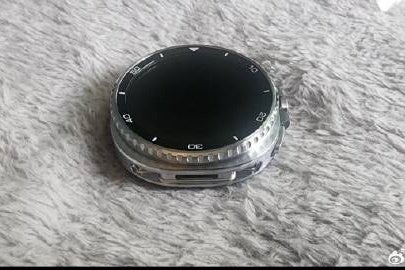ComputerBase reports that Samsung is preparing to announce its next-generation QLC NAND V9 flash solution, bolstering a seriously impressive density size of 28.5Gb/mm^2. Samsung’s new QLC flash is substantially more dense compared to all of its competitors (QLC and TLC) making it it as the most dense flash solution so far by a long shot.
| Row 0 – Cell 0 | Micron | Samsung | WD/Kioxia | SK hynix | YMTC |
| Shipping Now | 232-Layer QLC | 280-Layer QLC | 162-Layer QLC | 176-Layer QLC | 232-Layer QLC |
| Density per square mm | 19.5 Gb mm^2 | 28.5 Gb mm^2 | 13.86 Gb mm^2 | 14.40 Gb mm^2 | 20.62 Gb mm^2 |
| Die Capacity | 1 Tb | 1 Tb | 1 Tb | 512 Gb | N/A |
| Next-Gen (release date) | ? | Projected 2024 | 212-Layer (unknown) | 238-Layer (2024) | Unknown |
At 28.5Gb/mm^2, Samsung’s new QLC 3D NAND V9 solution is nearly 50% denser than YMTC’s 232L QLC NAND flash at 20.63mm^2, which used to be the densest flash in the industry. YMTC is currently just ahead of Micron’s 232-layer TLC, which comes in at 19.5 Gb/mm^2.
V9 won’t be slow either, as Samsung’s V9 QLC reportedly has a maximum transfer rate of 3.2 Gbps. That’s substantially faster than its outgoing QLC-based products that only offer 2.4 Gbps. Speed has been an underlying problem with QLC in the past, and Samsung’s new V9 NAND flash indicates it has made strides to rectify the issue. At 3.2 Gbps (per chip), V9 should be more than adequate for use in PCIe SSDs. How it performs in practice of course remains to be seen.
What’s not clear is how performance will scale when writing directly in QLC mode. All current QLC SSDs use a pSLC cache that’s up to 25% of the total available capacity, where performance is substantially higher. Depending on the NAND, we typically see write speeds drop to 100~300 MB/s once the cache is full.
If performance is good enough, Samsung’s new QLC-based flash could radically change the consumer SSD landscape when it arrives later this year. QLC still likely won’t be able to service high-performance SSDs, such as those bolstering PCIe 5.0 transfer speeds, but it should be well suited to lower tier PCIe drives. With a near 50% lead in storage density, we can expect any new Samsung drives featuring its new V9 QLC flash to provide competitive value, potentially featuring the best price per gigabyte in the industry.
Depending on market demand, Samsung could also potentially even offer a V9 QLC M.2 drive with more than 8TB of capacity, which is the highest capacity of any consumer-based M.2 drive right now. It’s possible Samsung might even be able to do a single-sided 8TB drive.

According to a Samsung report from 2022, Samsung is basically going all in on QLC development. With TLC flash architectures beginning to reach their limits in terms of raw storage capacity (just like SLC and MLC before it), QLC represents the future for SSD manufacturers that want to keep pushing the capacity envelop of mainstream-consumer SSDs. It could even find it’s way into enterprise SSDs down the road. V9 is just the next step in Samsung’s QLC roadmap. Future generations should be even faster than V9, and could eventually compete directly with today’s outgoing TLC flash architectures in raw performance.







